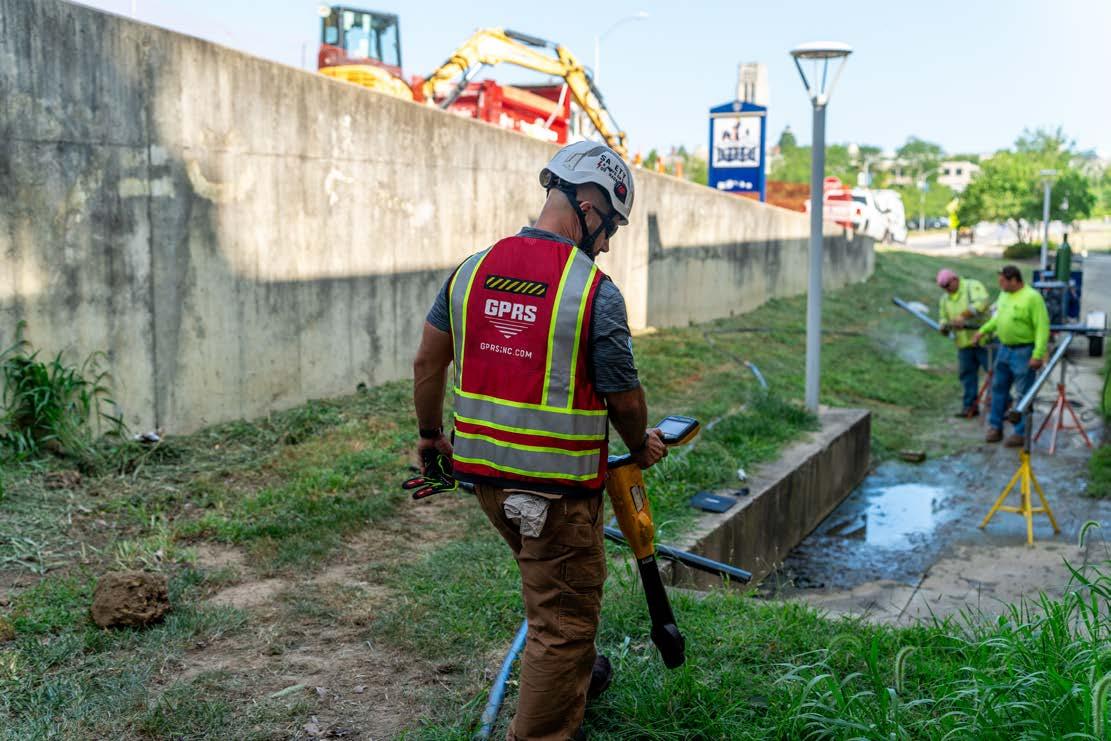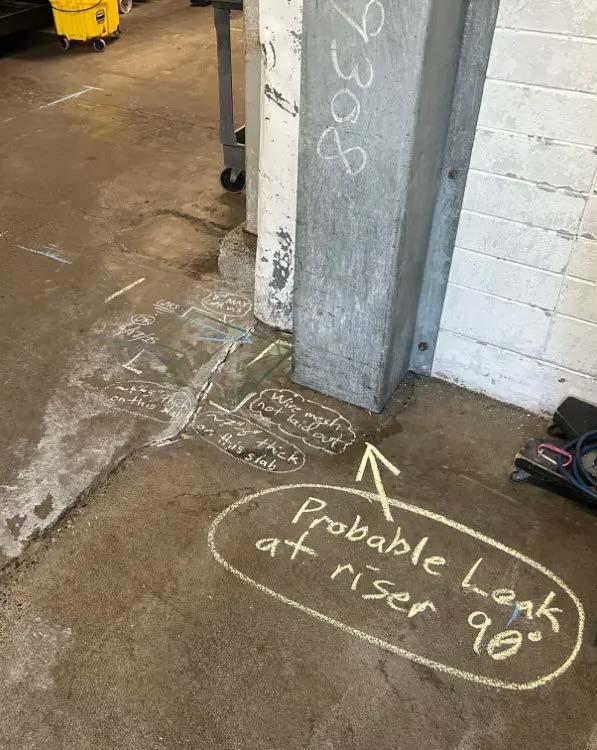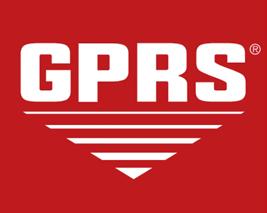SMARTER
A SAFER,
JOB SITE, ONE SCAN AT A TIME
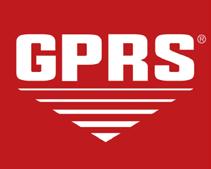
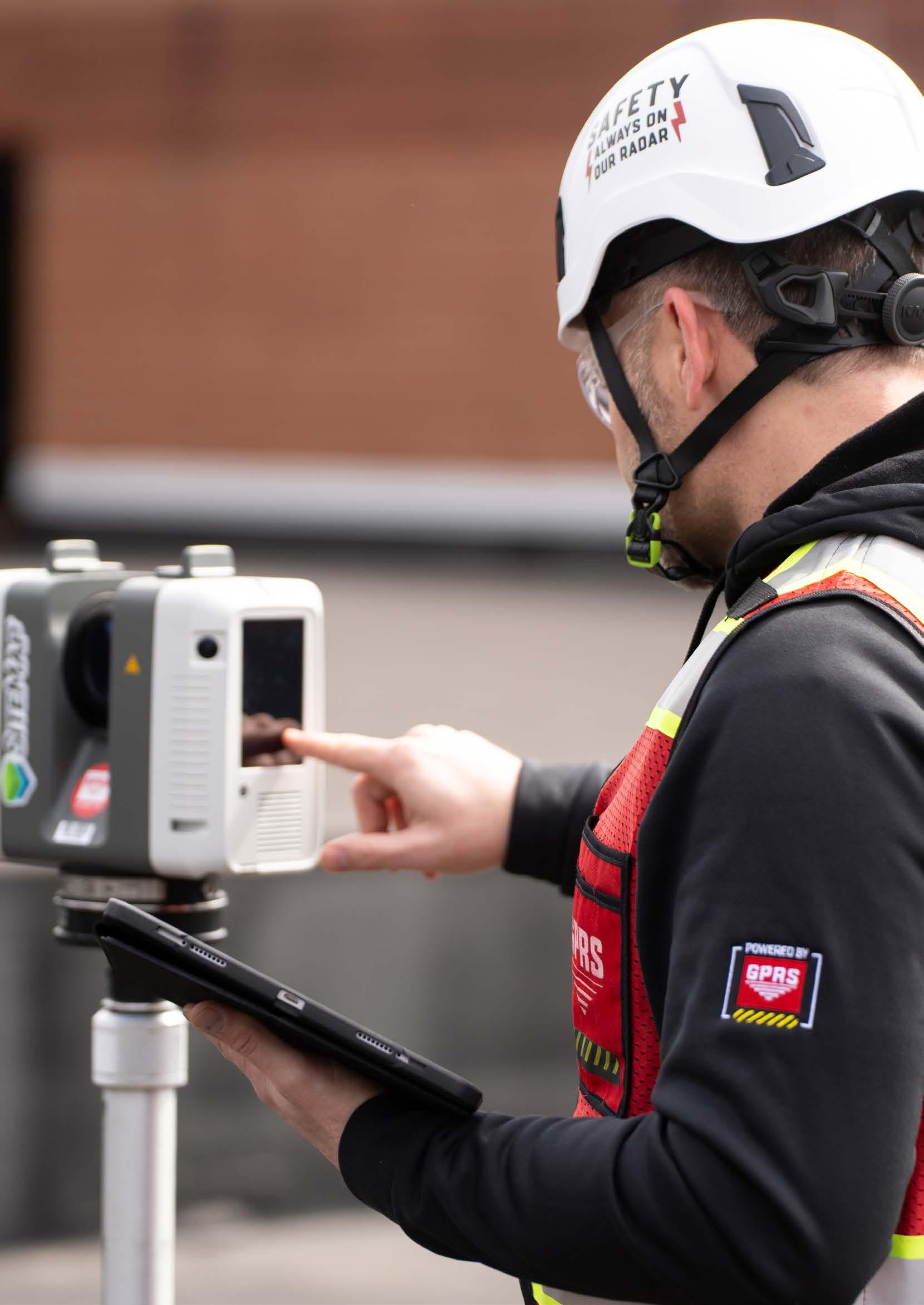
SUPPORTED BY


GPRS BUILDING A SAFER, SMARTER
JOB SITE, ONE SCAN AT A TIME
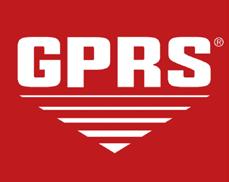
PROJECT DIRECTED BY:
JENNIFER DAVIES
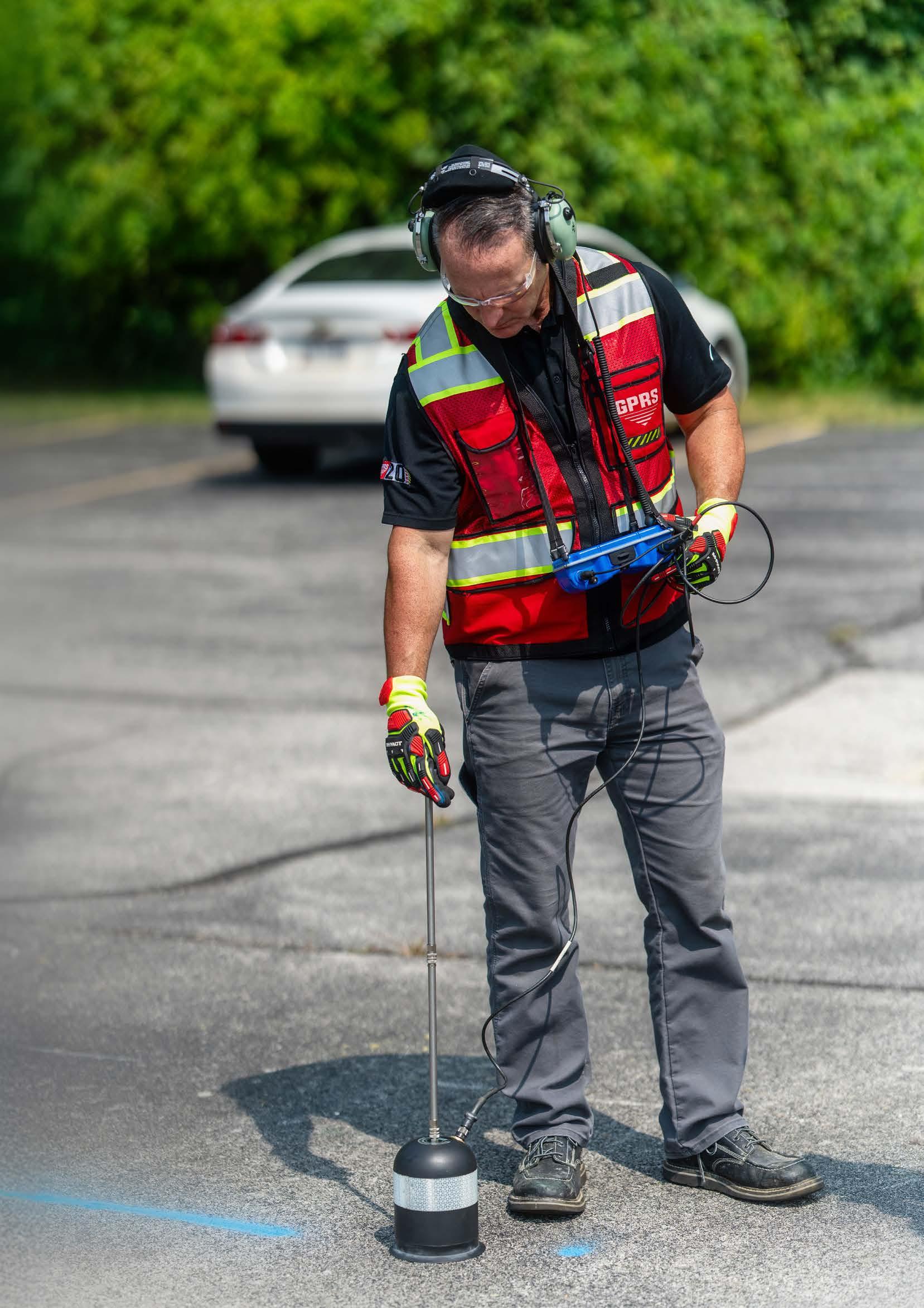
If you want to understand why some specialist companies endure while others fade, start with origin stories. GPRS opened its doors on the Monday after 9/11. It is not a romantic detail. It helps explain a culture that has treated every job as serious work in an uncertain world, and every decision as a bet you must justify. Nearly twenty five years later, the business that began with a single ground penetrating radar unit in northwest Ohio has become a national network with a clear idea of what progress should look like on construction and facilities sites. Less surprise. Fewer incidents. Better information. The right tool for the right problem.
Matt Aston, founder and chief executive, describes the early years without any varnish. The first decade was an education campaign. When he and his team spoke about ground penetrating radar in those days, many prospects either had not heard of it or associated it with archaeology. The task was to turn a niche technology into something practical for damage prevention and data provision. There were long stretches when he doubted the model would hold. Northwest Ohio is hardly a typical launchpad for a national technical service, but its proximity to Detroit, Cleveland, Chicago, Columbus, Cincinnati, Indianapolis and Pittsburgh created a workable radius. The initial plan was modest. Keep the centre of gravity in Toledo and place people in nearby cities. There was no grand vision for a coast to coast footprint.
What changed the arc was hiring. Aston credits early teammates who could operate independently in new markets and who brought a clearer view of what GPRS could become. That is the pattern you see in resilient companies. Capability expands first, then the confidence to widen the map follows. By 2015 GPRS had people in roughly forty cities and offered full national coverage. Today the firm is active in about sixty cities in the United States and has delivered projects in several other countries. The scale matters, but not as a vanity metric. It matters because a contractor that works in Phoenix,

INFRASTRUCTURE GPRS
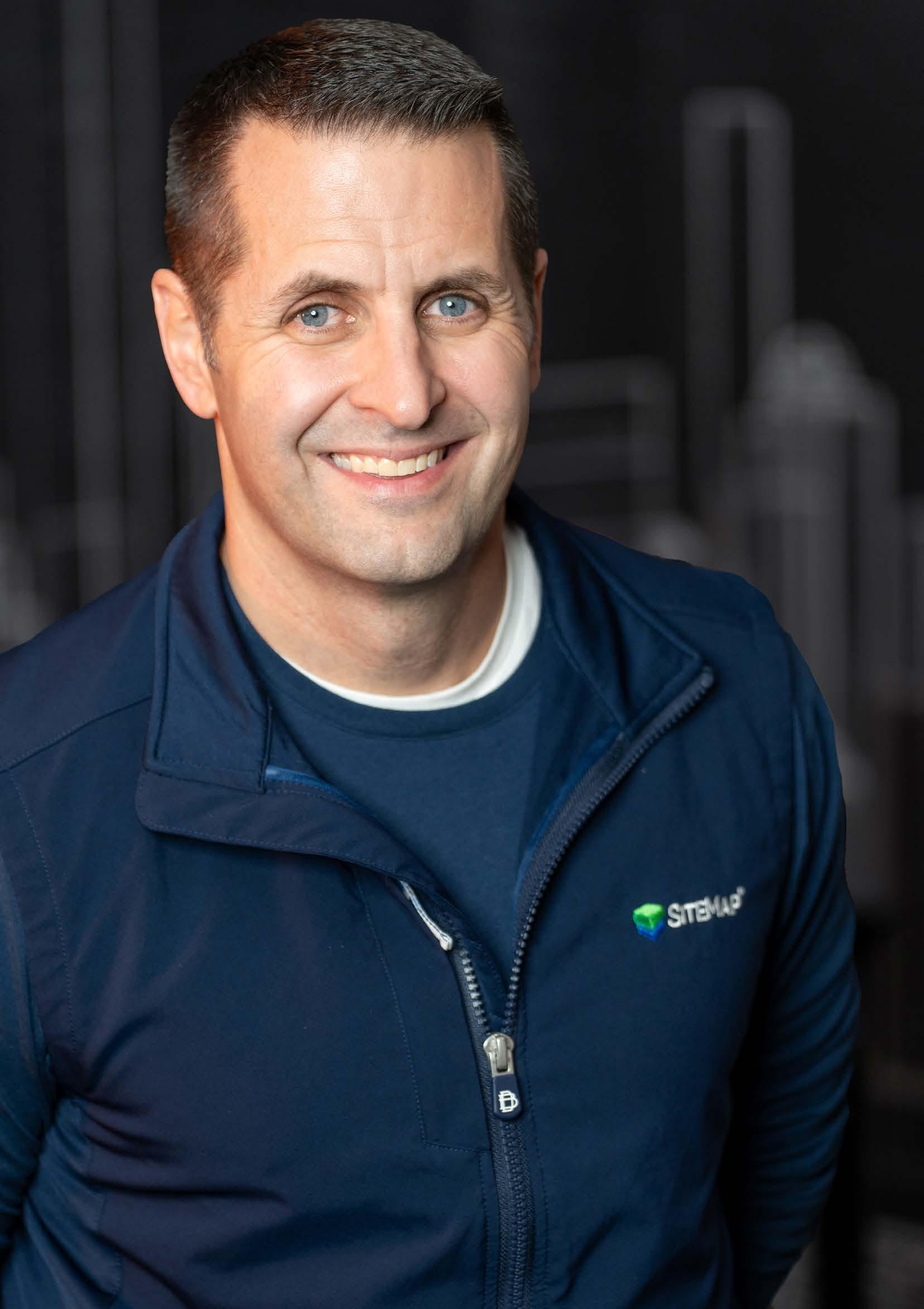
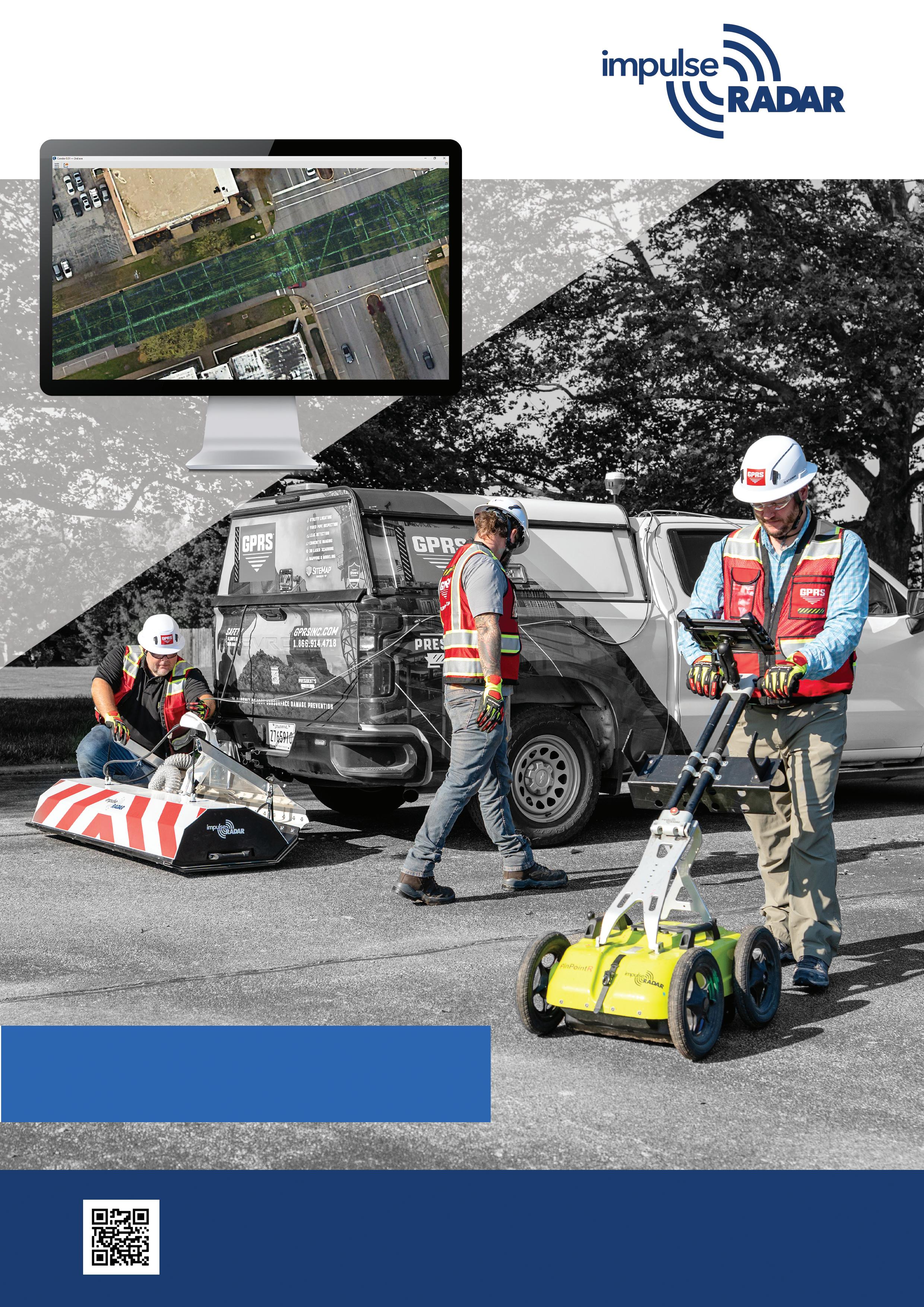

ImpulseRadar
ImpulseRadar is the leading manufacturer of ground penetrating radar (GPR) systems for the detection and mapping of utilities globally. The PinPointR GPR system defines simplicity and performance for utility locating with GPR. Innovation such as wireless functionality and seamless precision GPS makes the PinPointR the undisputed leader as a mapping tool as well.
The Raptor high speed 3D GPR array is also in a class by itself in terms of speed and robust data processing software and workflows for subsurface 3D utility visualization. The Raptor 3D GPR array continues to lead the world in speed and efficiency with its ability to collect 3D GPR subsurface data at posted highway speeds. The benefits of collecting data at these speeds are numerous, however, safety is one of the most important. In busy urban corridors it is not necessary on projects of several city blocks to have GPR utility locate technicians working in the roadway. As well the quality and density of the data facilitate robust imaging to aid interpretation in congested utility corridors heretofore unachievable.
ImpulseRadar developed Condor processing software specifically for the utility mapping professional with intuitive and efficient workflows to bridge raw field Raptor data to interpreted deliverables quickly. The groundbreaking Osprey View visualization feature in Condor displays the complete range of data from the surface to the detection limits of the radar.
GPRS, based in Toledo with offices throughout the US, is a leading utility mapping company and provides highly accurate subsurface utility information. GPRS provides their clients with exceptional deliverables taking the unknown of the subsurface into a digital twin. GPRS
implements the ImpulseRadar PinPointR daily to provide their clients the highest quality data available for non-conductive underground infrastructure and detection of unknown utilities. Subsurface utilities detected with the PinPointR seamlessly integrate into their innovative SiteMap software that aggregates as-built data from the field.
GPRS also utilizes the Raptor array for their large-scale mapping projects. Jamie Althauser, Senior Vice President of Field Support at GPRS explains: As GPRS grows and quotes more and more very large scope of works, we recognized the need to be able to collect GPR data more efficiently in order to more effectively solve our clients’ problems. We evaluated many multi-channel GPR systems with a thorough testing process and determined that the Raptor was the best solution. Its ability to collect data at highway speeds and the software and processing tools that are available made it an easy choice. We are very excited to be able to offer this solution nationwide for utility locating and other unique use cases for GPR.
ImpulseRadar also manufactures leading GPR systems for deep geologic investigations, ground water resources, ice road, mapping, mine safety hazards, forensic investigations and many other applications.
ImpulseRadar’s culture of continuous improvement and innovation assures our customers that our products are at the forefront of GPR technology offerings. Additionally, consistent with a customer centric focus, ImpulseRadar considers each and every customer as a partner and deserves the very best in customer support.
www.impulseradar.com
Envirosight
Envirosight has been supplying underground pipeline inspection equipment to municipalities and environmental contracts since 2001, with roots that date back even longer. Our mission is to ensure that teams have the tools they need to provide actionable data to the decision makers that work to protect our buried assets and, by extension, the future of our natural resources.
Residential laterals are a heavy source of groundwater infiltration and inflow, especially where the lateral meets the main. In addition to the risk of natural compromise, services are also at risk of damage from construction activities such as directional drilling or digging. Our lateral systems not only inspect for structural integrity but also accurately locate buried assets to protect them from these more man-made risks. Inspections
can be performed from the house using a push/ pull system, or from the main using robotic lateral launching systems.
The Envirosight SAT II robotic lateral inspection system is designed from the ground up to give operators industry leading productivity, range, reliability and cost of ownership. Unrivalled speed and range (up to 150’ into a lateral) will help you go places other systems cannot without losing range in the mainline. And get an even closer look at defects or other items of interest using our 360 degree pan and tilt camera. The SAT II allows you to launch with confidence.
Consult with one of our experts to learn more by visiting www.envirosight.com/demo
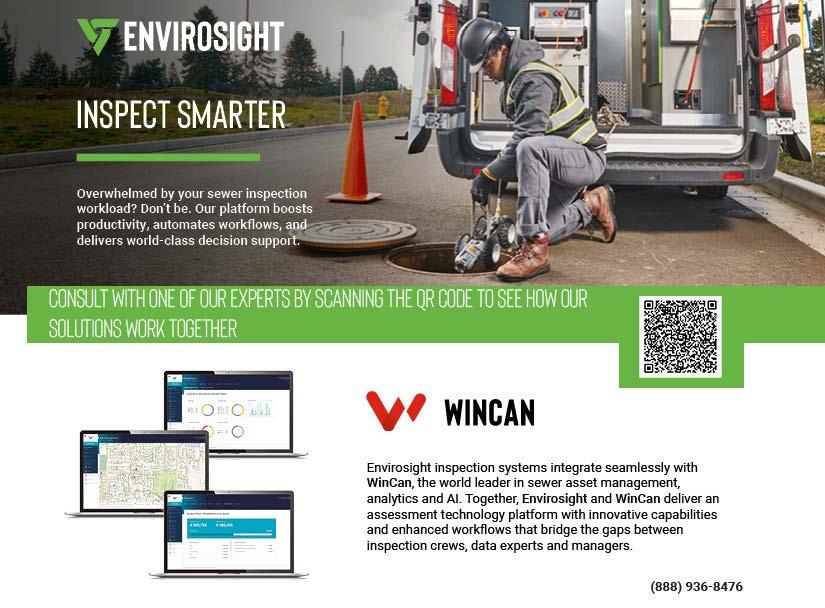
Pittsburgh and Portland expects the same quality, the same documentation and the same discipline in each place.
Ask Aston what a technology powered construction site should look like and he starts with the human reality of large projects. Owners, architects, engineers, construction managers and a rotating cast of trades and specialists all need to make decisions that depend on each other. Renovation adds a layer of complexity that can overwhelm even well run teams. Communication breaks first, then schedules slip, then budgets follow. Technology does not remove that risk, but it can narrow it. Building information modelling tools, acquisition technologies such as ground penetrating radar and video pipe inspection, and modern laser scanning allow a single source of truth to emerge for the things you cannot afford to guess at. Where the utilities sit. What the subsurface looks like.
See Through Concrete
Safety and efficiency are the two words people reach for in this context, and with good reason. GPRS was built around a specific safety use case, finding electrical services set in or below concrete before a contractor drills or cuts. That single application opened the door to others and the portfolio widened. The intent did not change. Reduce surprises. Minimise mistakes. On any job site that is not a slogan. It is the difference between a routine day and a claim, between a clean schedule and a shut down. When Aston talks about value, he talks about those margins. The payoff from good information is cumulative. Averted incidents do not announce themselves. They accrue as time and money you never had to spend.
The services now span ground penetrating radar, laser scanning, video pipe inspection and leak detection. Each is useful on its own. Together they create
It’s easy to focus on the costs you can see: materials, labor, and equipment. But in construction, the most expensive mistakes are often the ones made blindly.
Hitting rebar, damaging post-tension cables, or drilling into a hidden conduit can lead to costly delays, structural compromises, and major safety risks. These are the problems that hide beneath the surface, turning a standard construction project into a financial and logistical nightmare.
That’s why informed decisions are so crucial. The Proceq GP8800 Ground Penetrating Radar (GPR) provides clear, cross-polarized imaging, enabling you to see what’s hidden inside concrete immediately.
By detecting reinforcement, ducts, and other embedded objects, you can plan your work with precision, preventing hits before they happen. Don’t risk making a blind decision. Invest in the clarity that protects your project, your team, and your bottom line.
PROUD TRUSTED PARTNER OF GPRS

THE MOST EXPENSIVE PARTS OF ANY CONSTRUCTION ARE THE ONES YOU CAN’T SEE…

Detect reinforcement, post-tension ducts and hidden objects in concrete with clear, cross-polarized imaging for hit prevention.
Proceq GP8800 GPR. For those who refuse to make blind decisions.
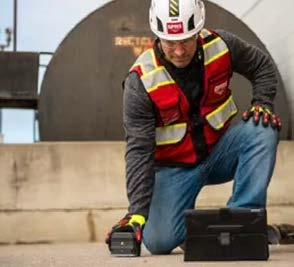
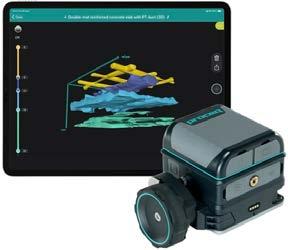
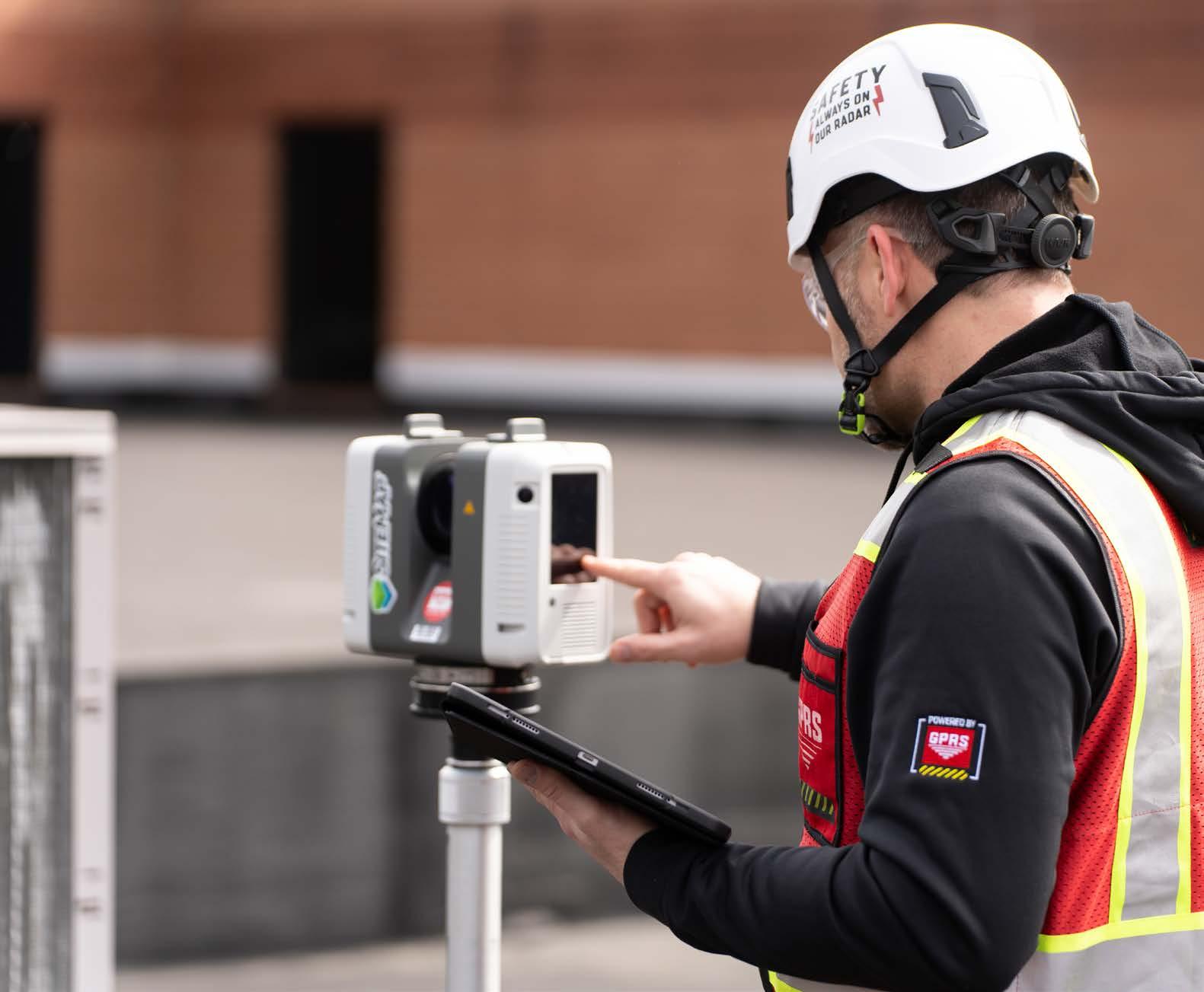
a picture that remains valuable after the last crew has demobilised. That distinction matters. Many service businesses treat construction as a bounded assignment. GPRS thinks like a facilities partner. Capture the underground and the above ground with dimensional accuracy. Collate the video intelligence from inside the sewer systems. Layer it in one model that a hospital, a university or a manufacturing campus can return to when the next phase begins. Aston cites a striking statistic he has seen about water systems in the United States. A large share of the infrastructure is prone to leaks. A line may not be leaking today, but it may fail next month. The consequence is not only wasted water. Leaks can hollow out soil
and create voids that compromise ground stability, with obvious risks. The ability to detect, log and revisit those problems turns information into prevention.
The organising idea that pulls these strands together is GPRS’s delivery platform, SiteMap. The concept was born at a leadership meeting in 2020 with a phrase the company uses internally. Widen the gap. The point is not bravado. It is a practical way to ask what customers will take for granted in a decade and to start building it early. The original thought experiment was simple. Everyone uses Google Maps to get from one place to another on the surface. What would it take to give an owner the same

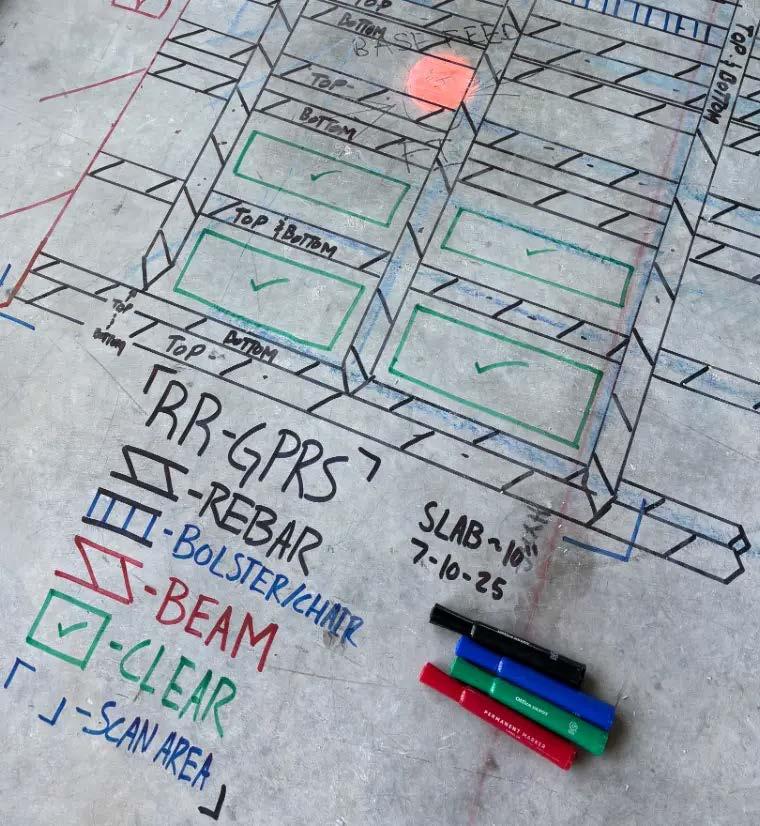
confidence for the subsurface and the built environment on their site. SiteMap is GPRS’s answer. It consolidates the data from scans, inspections and models into a single, current view that reflects the real condition, not the one a set of drawings suggested twenty years ago. A facilities manager can isolate a water network, focus on electrical, or view everything together. The platform is a delivery mechanism and a system of record in one place.
Partnerships sit behind that proposition. GPRS expects its suppliers to be restless about what the tools can do and how the data they produce can be fused and presented. Aston mentions Impulse Radar
and Screening Eagle as examples of the attitude he values. Forward thinking vendors, as he puts it, make field work easier while improving the quality and reliability of the data. The company’s promise to clients relies on both sides of that equation.
Scale introduces a different problem, one that trips up many high growth technical services firms. Consistency. If you are present in dozens of cities and your clients work across multiple regions, you cannot allow local habits to drift. GPRS answered that challenge by building a training centre and formalising a method it calls SIM, the subsurface investigation methodology. Every field team is trained
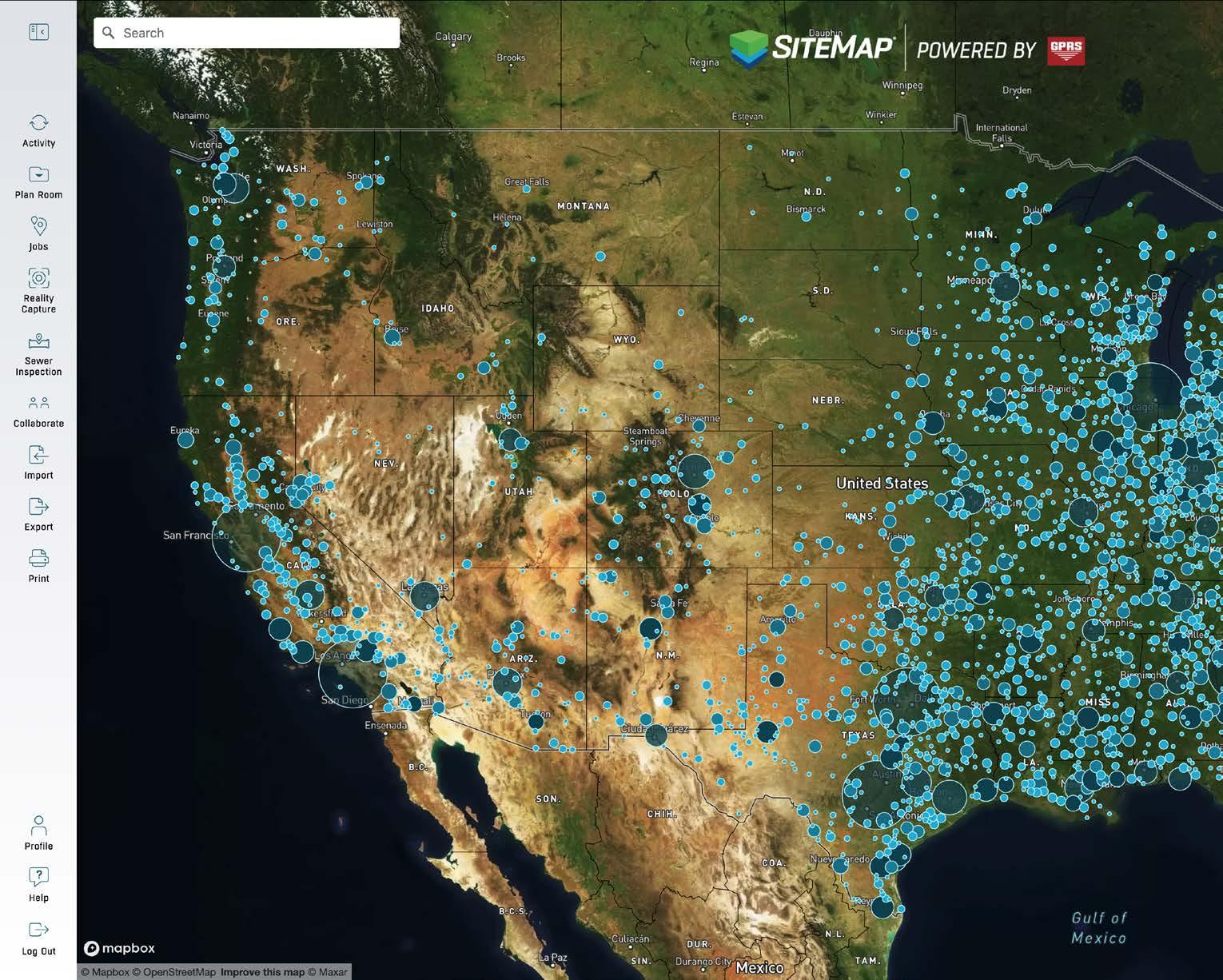
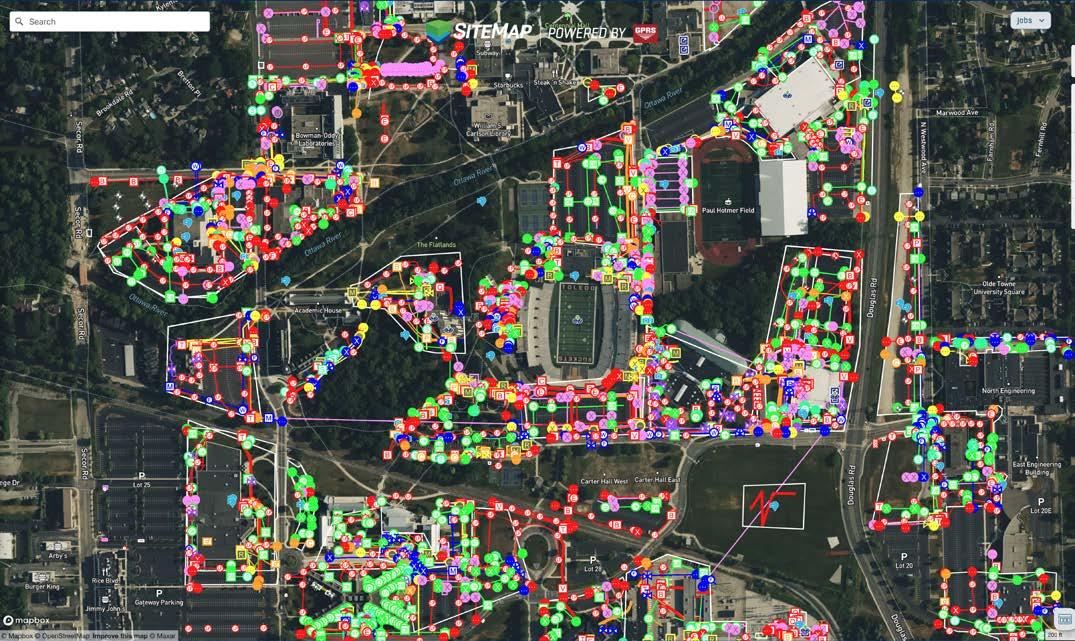
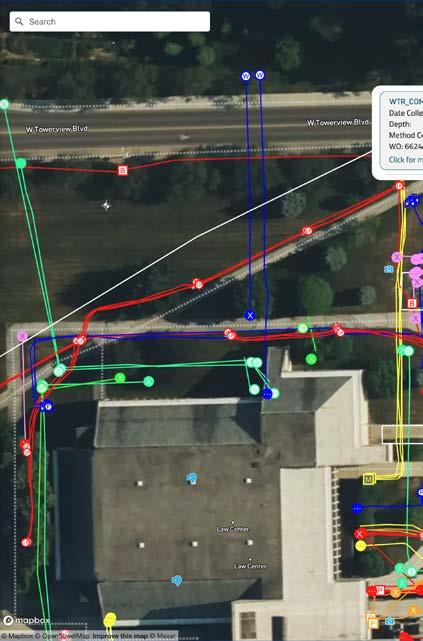
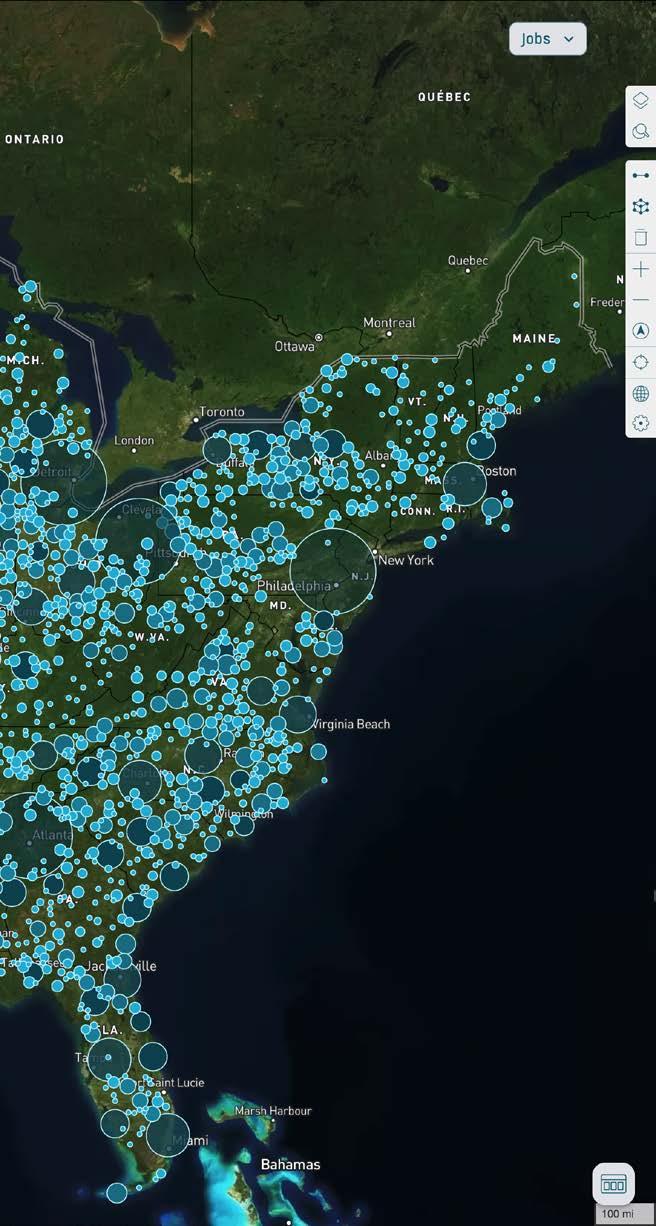
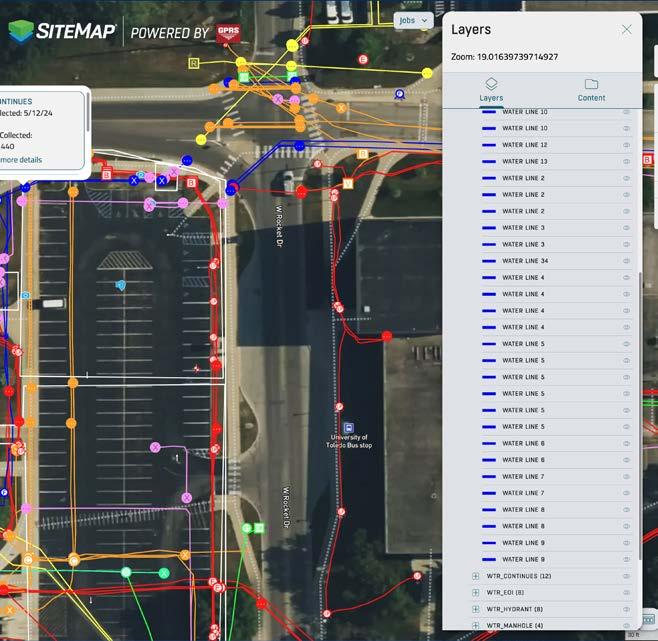
INFRASTRUCTURE GPRS
to the same process for scanning, laser scanning, video pipe inspection and leak detection. The results are striking. In 2024 the company completed just over 120,000 jobs. This year, Aston expects between 150,000 and 160,000. Across that volume the incident rate is under one percent when measured as a reported mistake on a customer site. Perfection is not a credible claim in this line of work. A record like that is the credible alternative.
Culture is often a platitude in corporate profiles. Here it is practical. Aston worked for a very large company before founding GPRS and discovered he did not want to spend his life navigating red tape for its own sake. He talks about building the biggest small company he can. The phrase is not a contradiction. It signals a refusal to let bureaucracy replace judgement as the firm adds people and processes. The aim is to keep teams close enough to each other to avoid silos while still giving local leaders the autonomy to solve problems. Agility is a fashionable word. In this context it means the company must be able to pivot without asking three committees for permission. The balance is delicate. It is also one reason GPRS has maintained its pace.
The future of the industry is a common question, and there is no shortage of buzzwords that can be offered as answers. Aston’s view is grounded and optimistic. He believes the market is still on the lower half of the awareness curve for the services GPRS provides, even after a quarter century of evangelising. That is an opportunity. Digital twins, robotics and augmented reality are not decorations. They are extensions of the core promise to reduce surprises and compress decision time with better data. SiteMap gives the company a foundation to build on. The software is young. Aston makes the point in language that every product leader understands. It will never be worse than it is right now. That is an argument for iteration, not an apology. He sketches a near term capability that will feel natural when it arrives. Walk a campus with the GPRS app, ask for the utilities you care about, and watch an accurate overlay
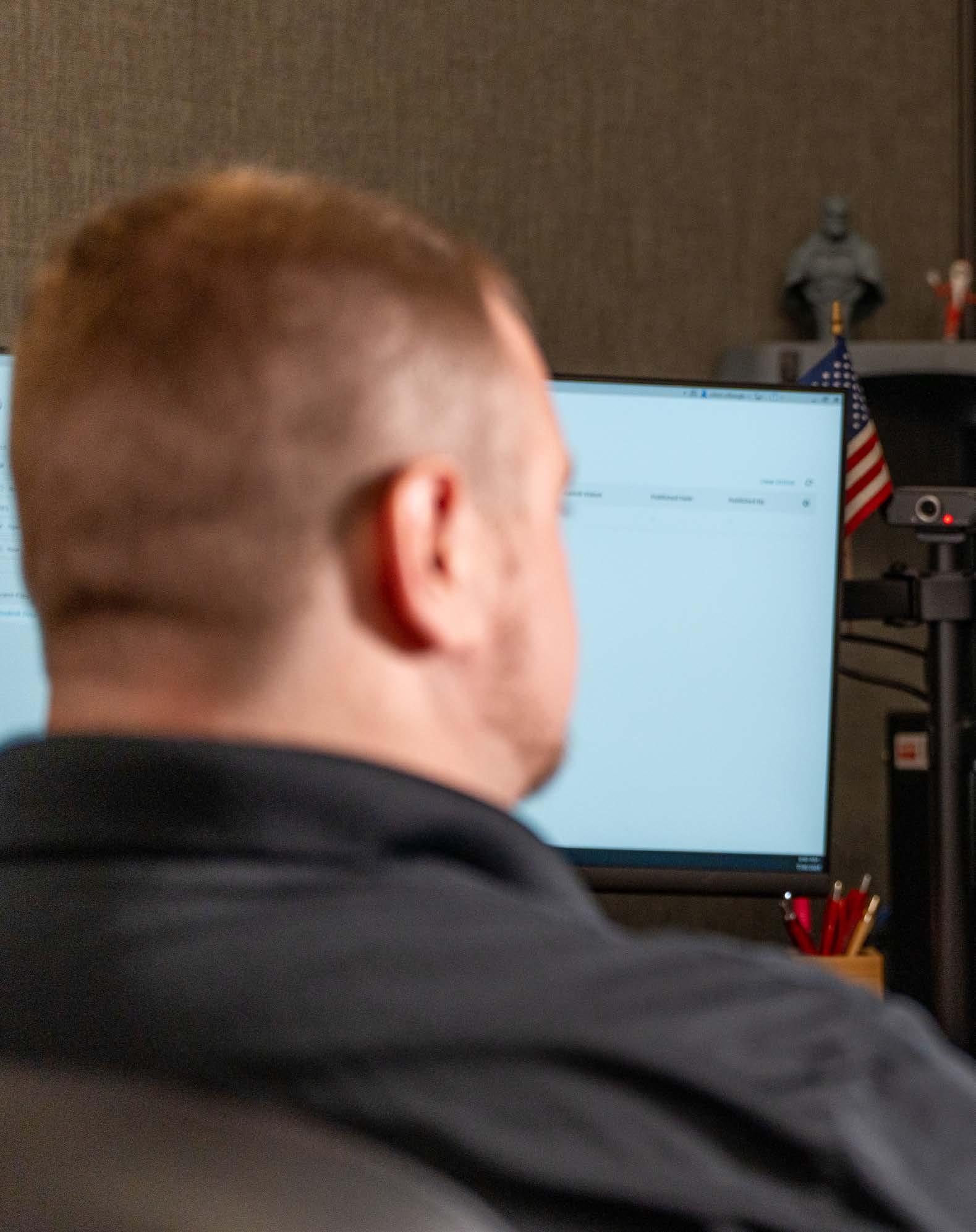
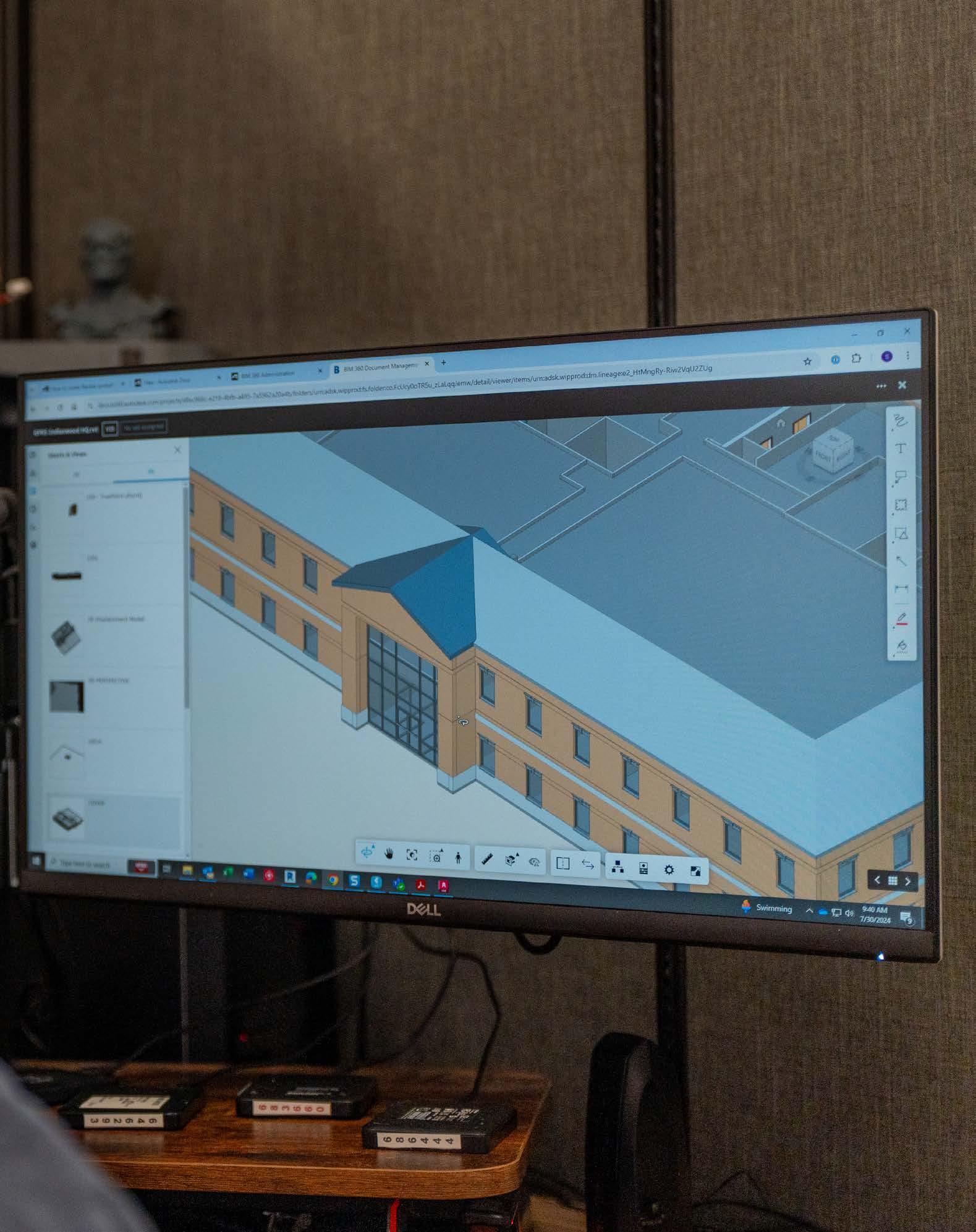
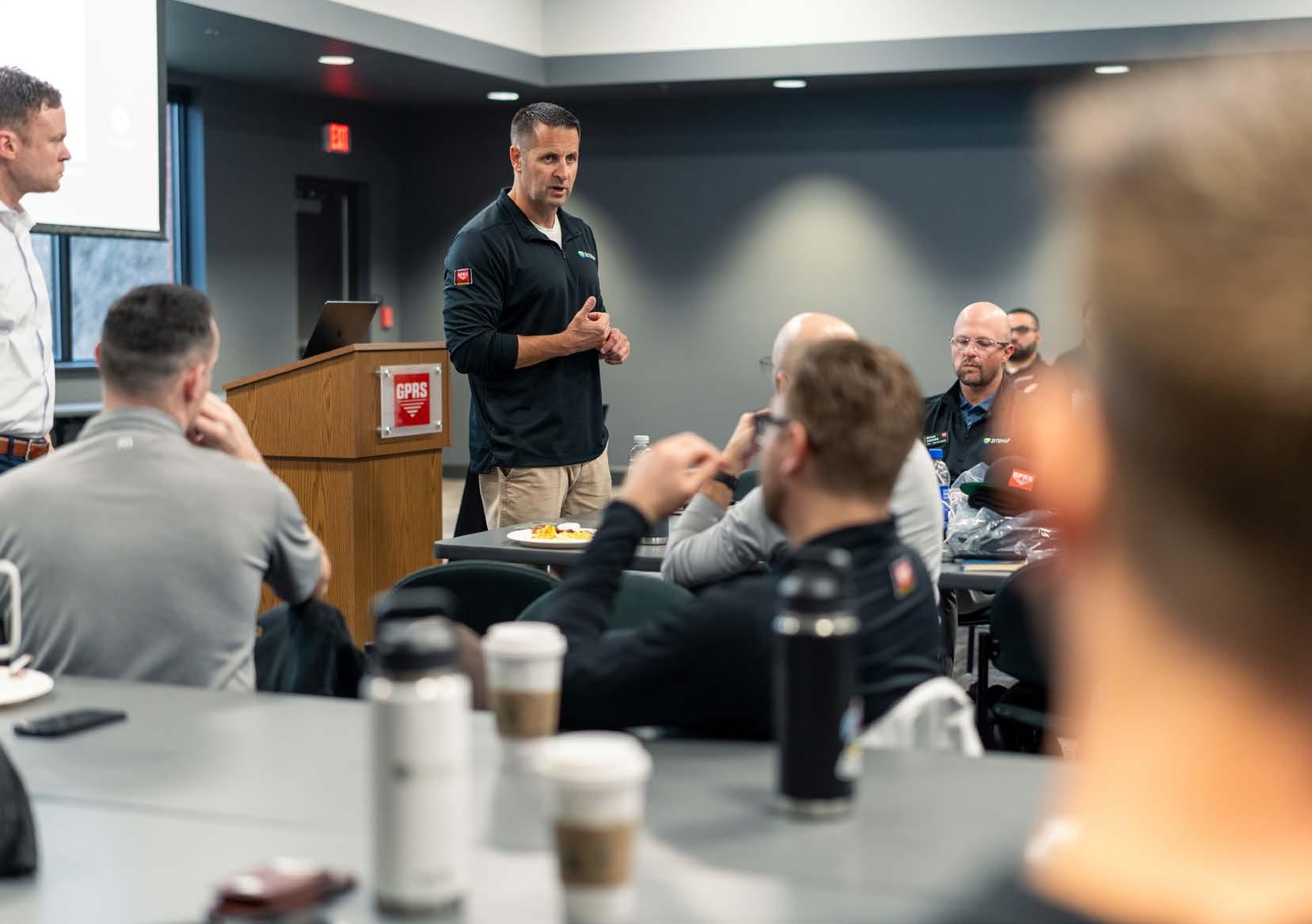
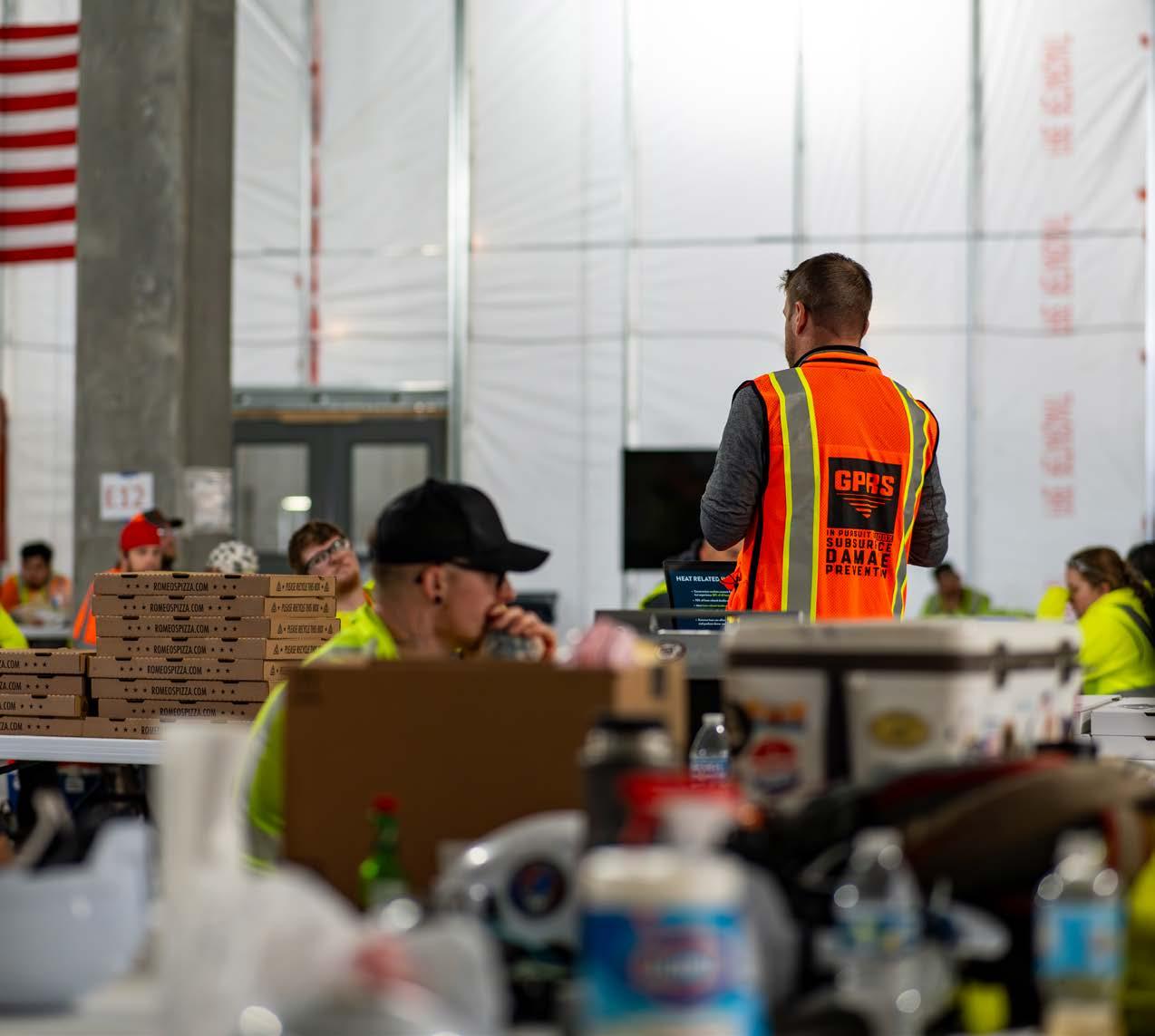

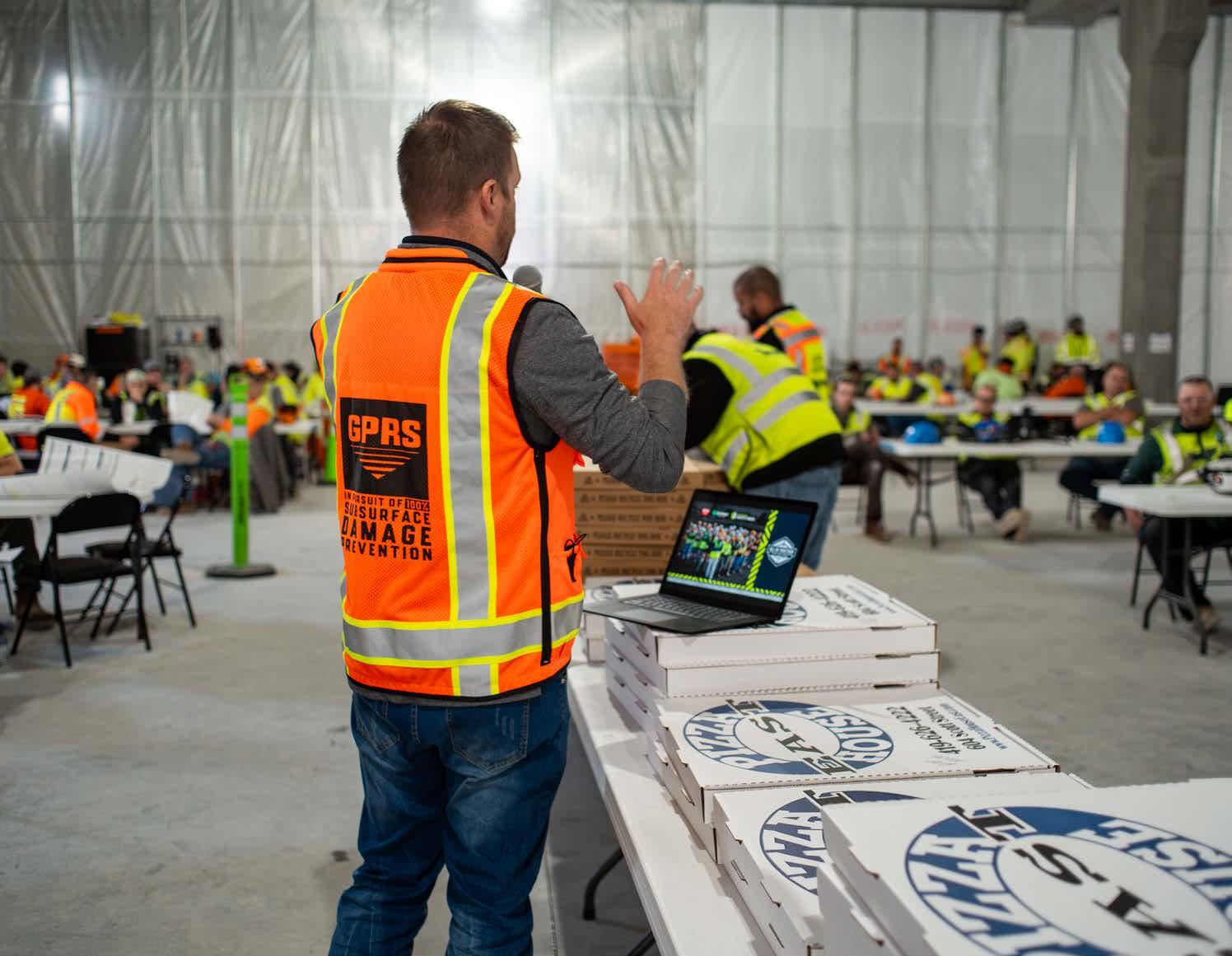
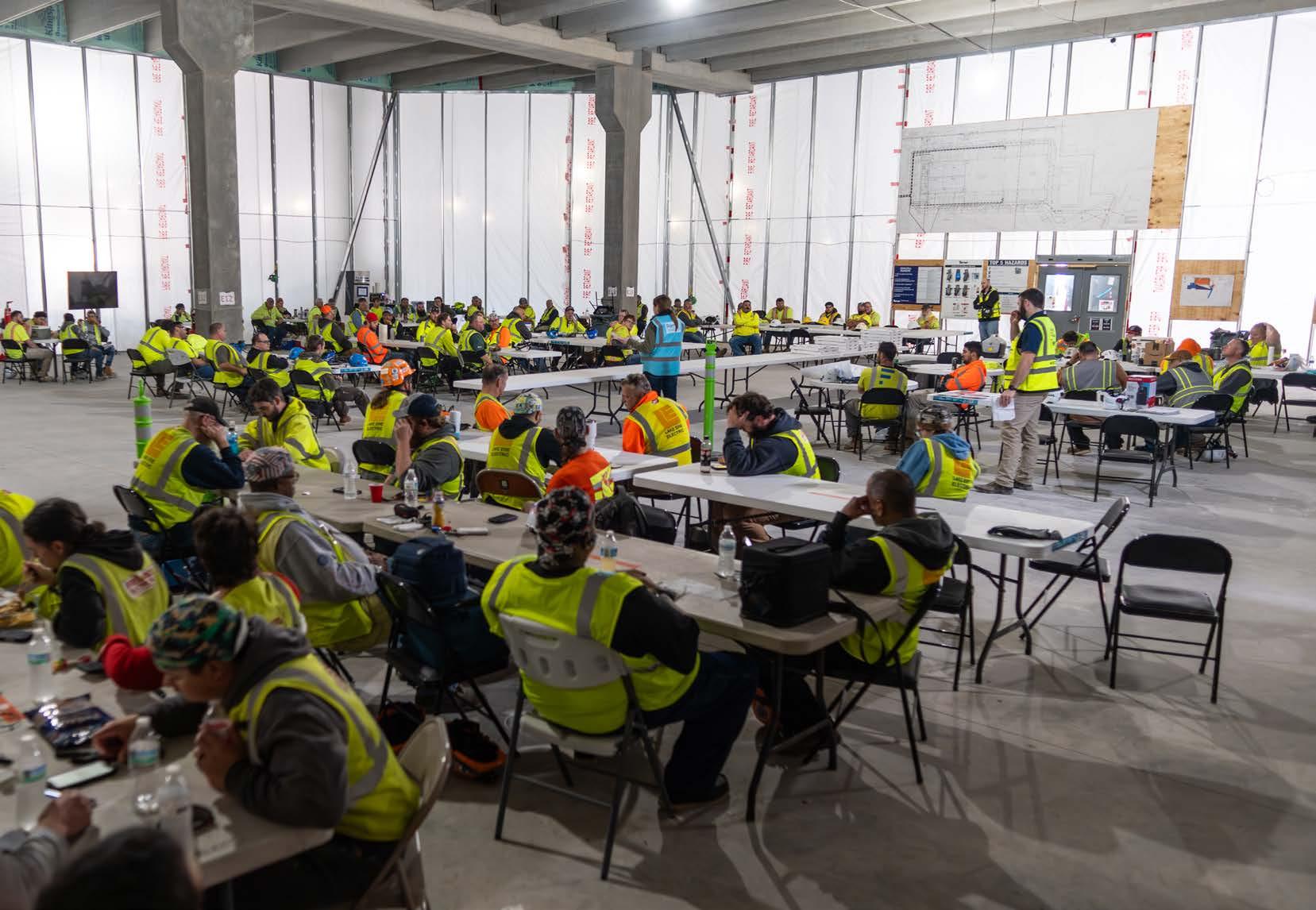
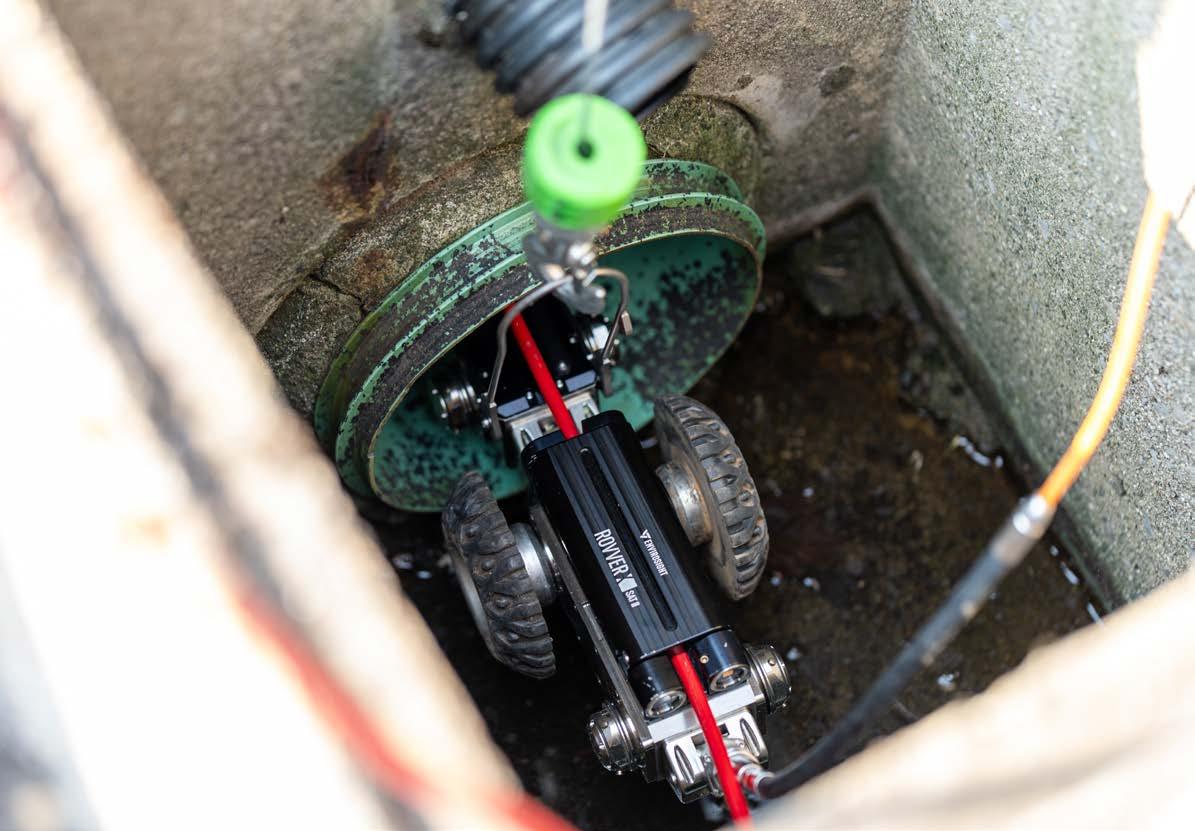
appear as you move. The technology is close. The safety and coordination benefits are obvious.
There is ambition in the numbers. Aston has told the company it can grow to a billion dollars in annual revenue, a little less than five times its current size. The path is not mysterious. Keep widening the gap by delivering practical innovations that customers absorb into their routine. Close the awareness gap by showing more owners and contractors what becomes possible when subsurface intelligence, laser accurate as built models and inspection video live in one current source of truth. Protect the culture that made the whole thing possible. The firm has considered international expansion. It is not part of the immediate plan, but stands on the horizon as the platform matures and as demand grows for consistent service across borders.
What makes GPRS interesting in this moment is not a claim to have reinvented anything. It is the refusal to treat safety and accuracy as add ons to a digital vision. The company sells reassurance, not theatre. The story begins with a
radar unit in a city better known for glass and Jeeps, and a founder who was not sure he would make it to year five. It moved through a disciplined expansion into adjacent services, a standardised method to keep teams honest, a set of partnerships that make the kit better, and a delivery platform that turns thousands of discrete jobs into a living, useful record. Somewhere along the way, the service that many considered niche became a backbone for owners who do not want to learn the hard way what lies under their feet.
Aston is careful with predictions and unafraid of clarity. Safety is still the most important aspect of any construction job. Surprise is the enemy of safety. The price of poor information shows up as lost time, damaged assets and preventable risk. Those are the costs GPRS is designed to remove. It began with one use case. It now touches the planning, execution and long tail of operations. That arc tells you what to watch in the years ahead. A company that has learned to make itself useful in small, vital ways is likely to be the company that quietly sets the standard.
www.gp-radar.com

